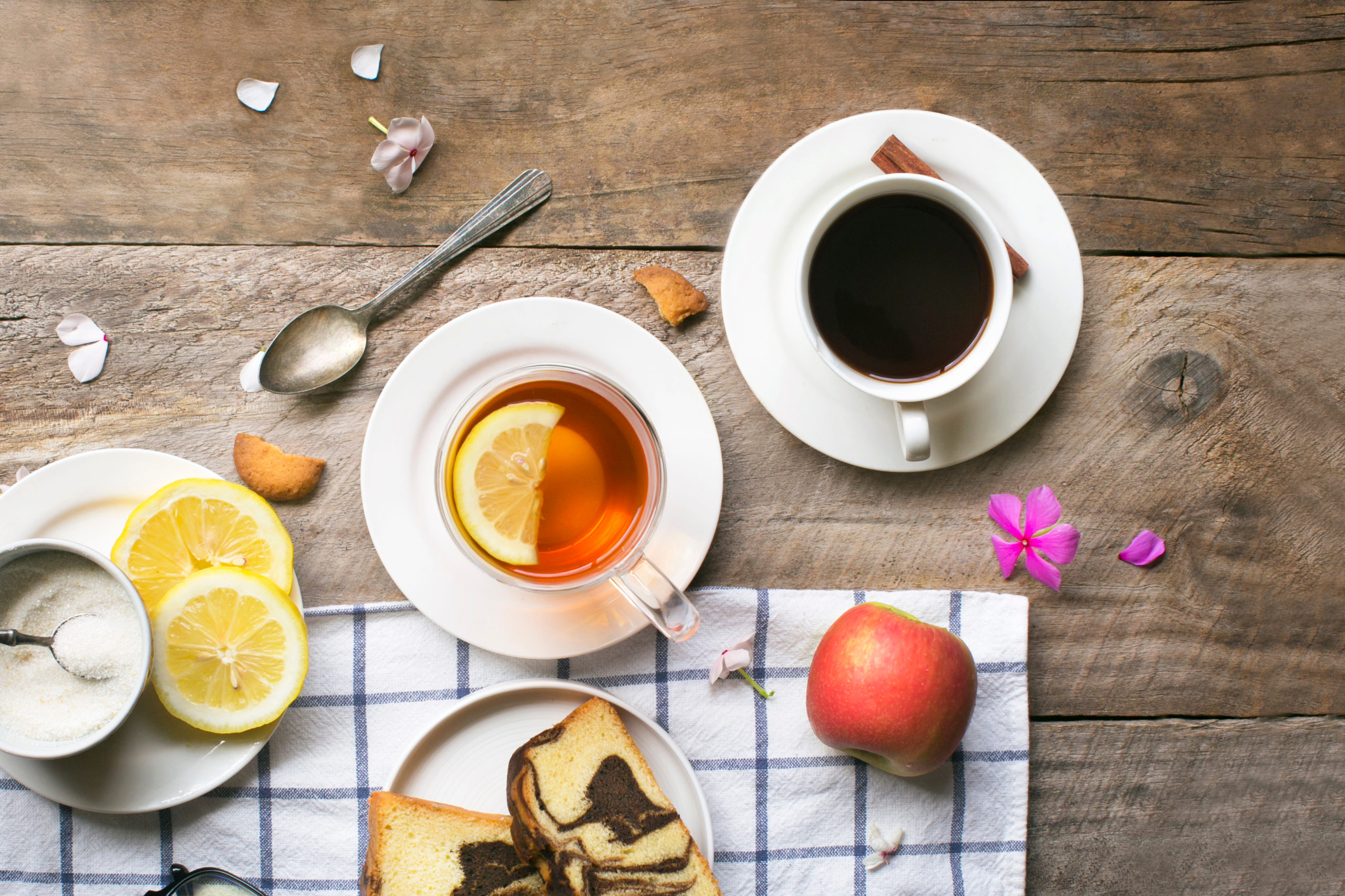
Blog
The Origins of Caffeine: Tracing the Roots of Our Favorite Supplement
Caffeine is the world’s most widely consumed supplement, and its use has been documented for centuries. From an energizing cup of coffee in the morning

Caffeine is the world’s most widely consumed supplement, and its use has been documented for centuries. From an energizing cup of coffee in the morning

Caffeine creates a lot of buzz. The average American consumes between 110 and 260 milligrams of caffeine per day. The government recommends consumption of less than 400


